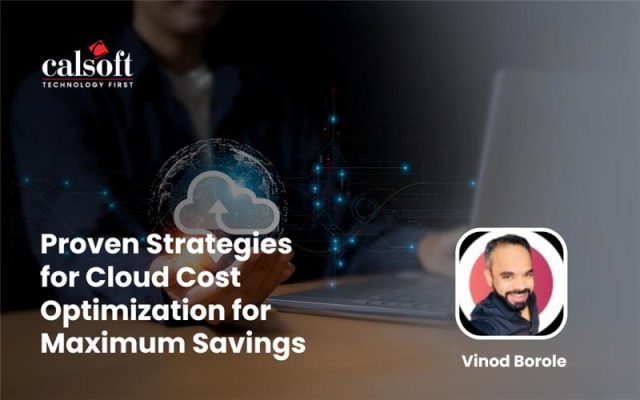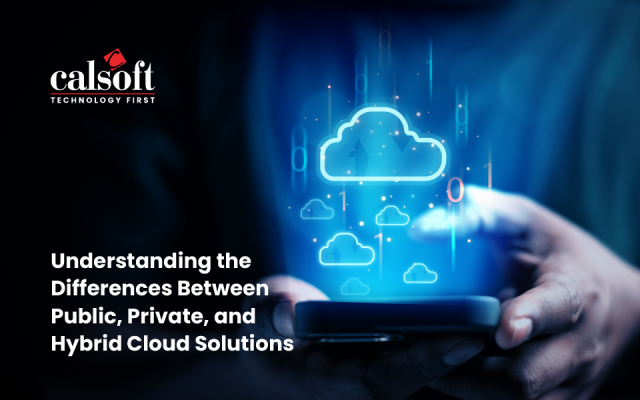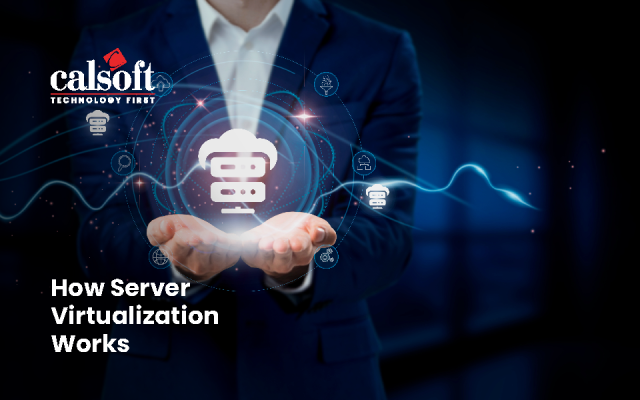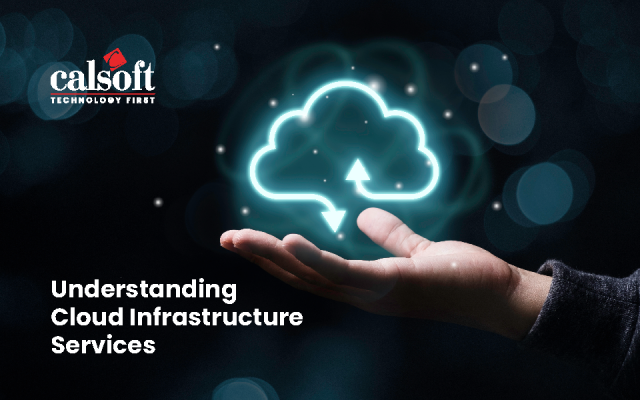Founded by Rackspace Hosting and NASA, OpenStack is used for building massively scalable private and public clouds. OpenStack can also be referred to as a global collaboration of cloud computing experts producing the global open source platform for public and private clouds.Here are a few pointers that explain the key founding principles of project OpenStack.
– Apache 2.0 license (OSI), open development process
– Modular design for deployment flexibility via APIs
– Creation of open source software to create public and private clouds
OpenStack Components
1. Object Store (codenamed “Swift”)
2. Image (codenamed “Glance”)
3. Compute (codenamed “Nova”)
4. Dashboard (codenamed “Horizon”)
5. Identity (codenamed “Keystone”)
6. Network (codenamed “Quantum”)
7. Block Storage (codenamed “Cinder”)
Many business unit owners already understand the benefits they can reap out of OpenStack such as increased agility, reduced operational expenditure, improved overall IT security and more.
The real mission and business value of OpenStack is for Cloud service providers, enterprises and governments to be able to extract real advantage of this freely available, open source and apache-licensed software to build massively scalable cloud environments. Our upcoming posts will detail every individual component of OpenStack.
Write to us at marketing@calsoftinc.com






